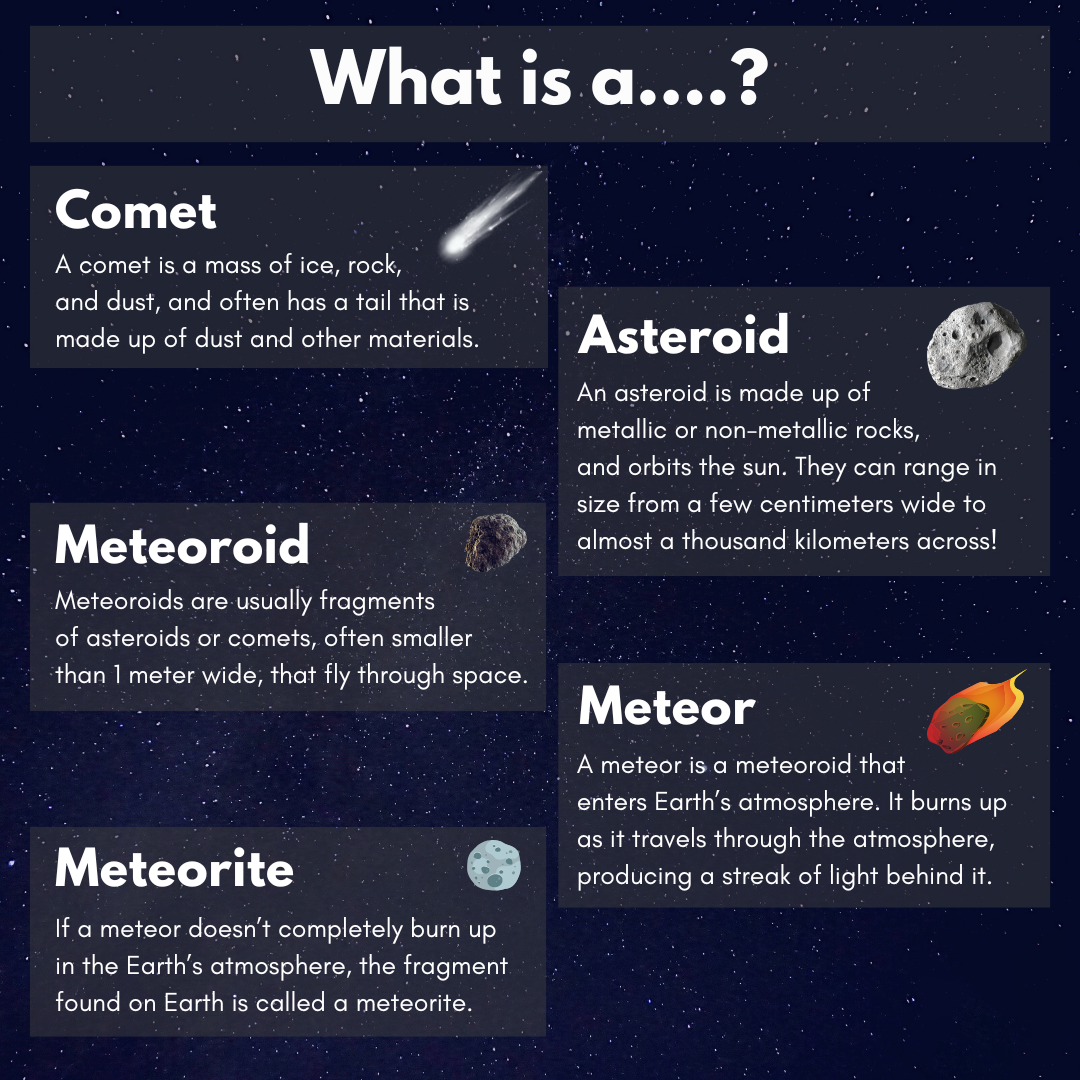Rapid Fire
Giant Fertilizer Bomb
- 29 Oct 2024
- 1 min read
A study in “Proceedings of the National Academy of Sciences” suggests that a meteorite impact 3.26 billion years ago acted as a giant fertilizer bomb for early life on earth.
- Nutrient Delivery: Ancient rocks from the Barberton Greenstone Belt in northeastern South Africa provided evidence of recovery and growth in microbial life after the meteorite impact.
- The carbonaceous chondrite meteorite delivered essential nutrients like phosphorus and iron, enabling early microbes and archaea to thrive.
- Effect of the Impact: The meteorite, measuring 23-36 miles in diameter and 50-200 times larger than the asteroid that killed the dinosaurs, caused widespread devastation.
- Its impact created a massive vapor cloud and tsunami, resulting in prolonged darkness and heating that severely affected life at the time.
- Resilience of Early Life: Despite initial devastation, life rebounded quickly, with microorganisms adapting and thriving in nutrient-rich environments created by the impact.
- The findings challenge the notion that meteorite impacts are solely destructive, highlighting their potential role in fostering early life.
Read more: Diyodar Meteorite





